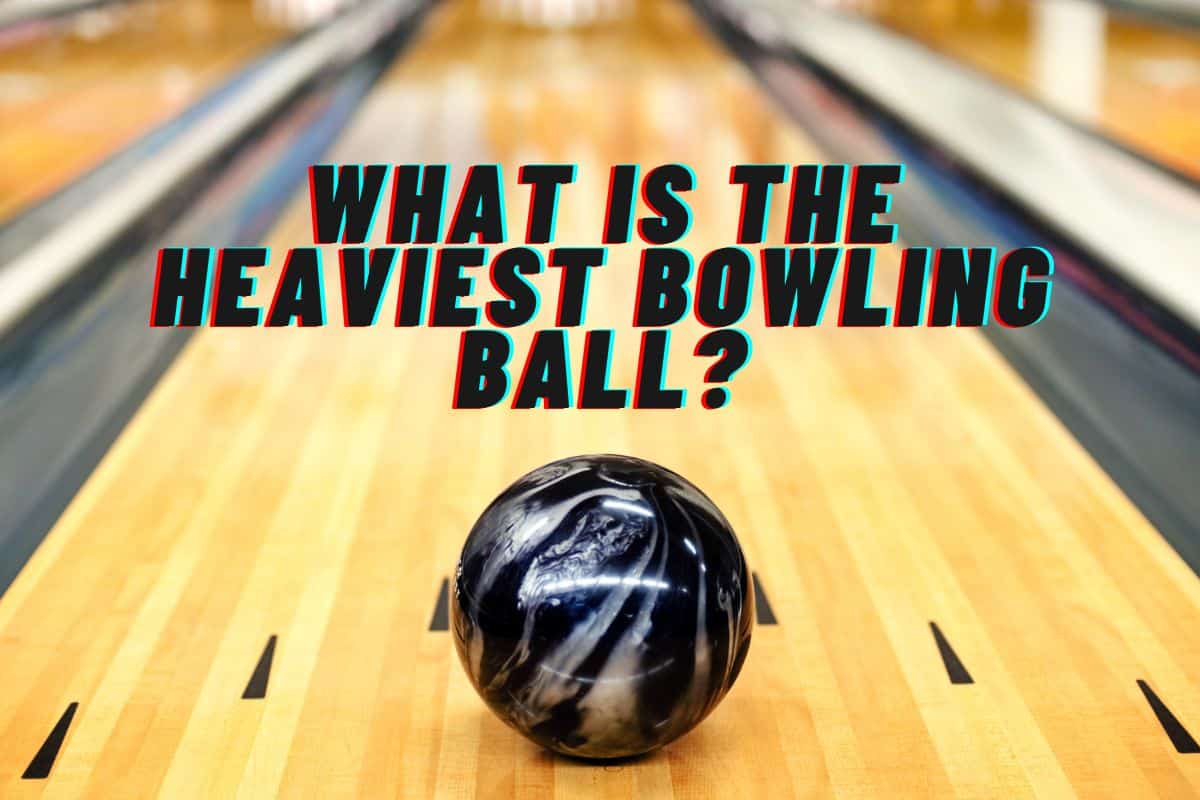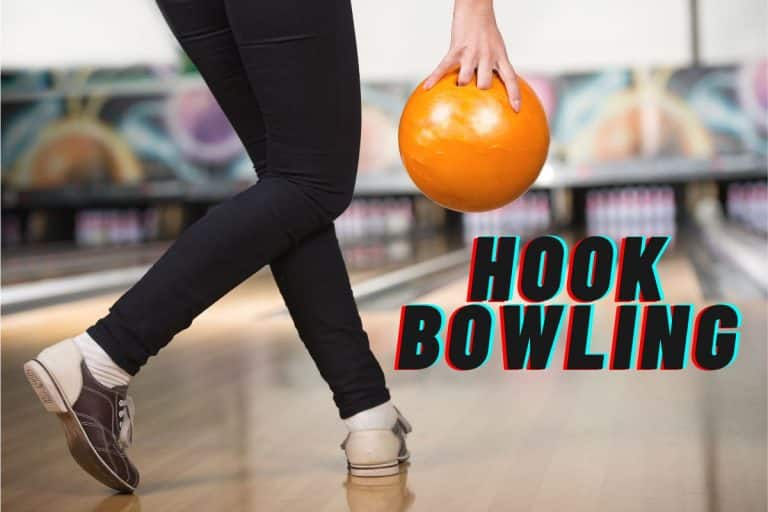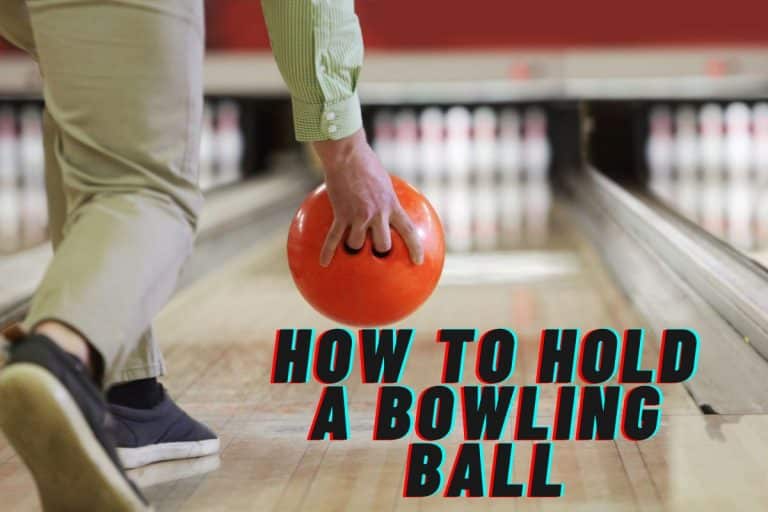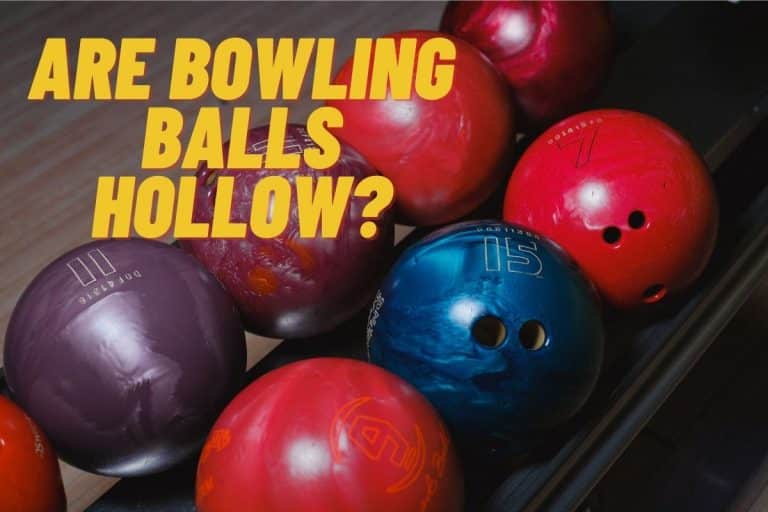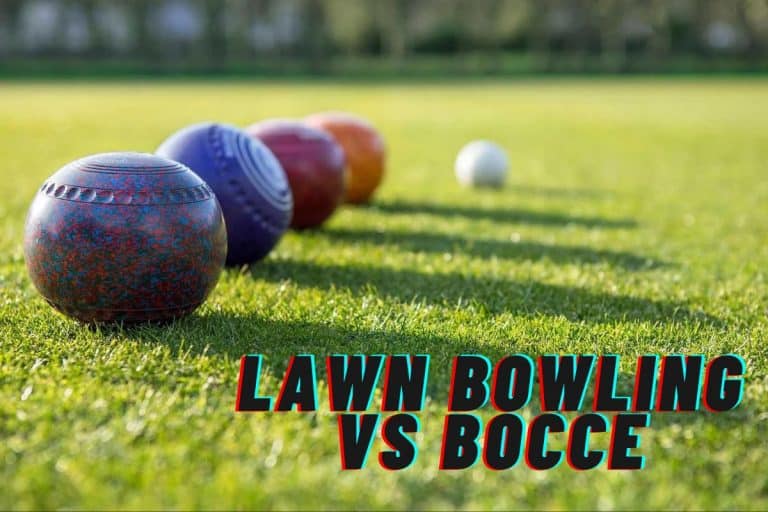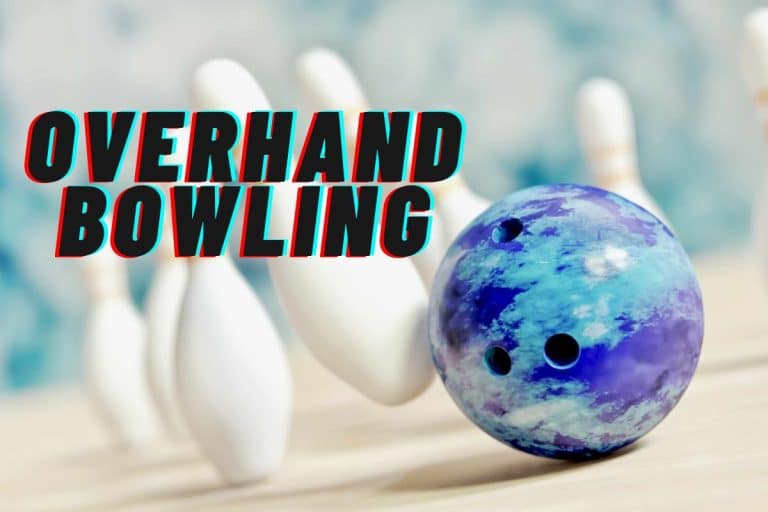What is the Heaviest Bowling Ball? [16 Pounds]
When you are in the market for a new bowling ball, you must consider the weight. Bowling balls come in different weights, but the heaviest weighs 16 pounds. Currently, the 16 pounds is the heaviest bowling ball allowed in an official game. In comparison, the lightest ball weighs 6 pounds.
However, it's possible to find bowling balls weighing over 16 pounds. In the old days, experienced bowlers used balls weighing 17 to 20 pounds. PBA placed the 16 pounds limit recently. But;
Does the Weight of a Bowling Ball Matter?
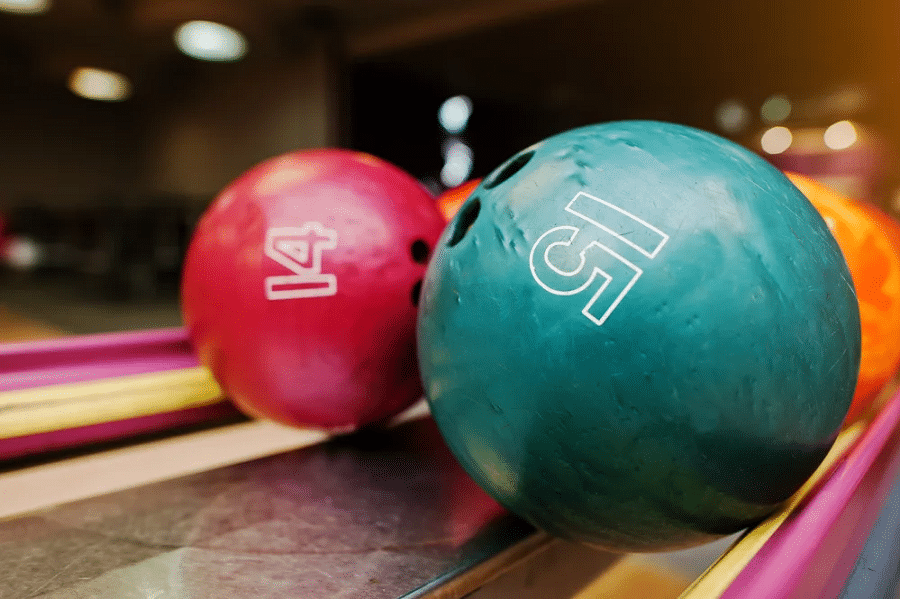
Bowling ball weight matters a lot when it comes to maintaining control of the ball and the trajectory of your roll. It's easier for a heavier ball to keep rolling down the alley than a lighter one. Similarly, heavier balls can generate a higher velocity and knock down the pins than lighter balls. On the other hand, lighter balls are likely to swerve and bounce off from the pins.
Light balls (i.e. balls under 10 pounds) also have their strengths. They're excellent choices for children, the elderly, and disabled players.
Adult bowlers use balls in the range of 12 to 16 pounds. A heavier ball improves your chances of hitting more pins. Even if you were to hit 1 pin with your heavy ball, the weight, and speed of the ball will aid in knocking down adjacent pins, making it easier for you to hit more strikes and spares.
If the weight of a bowling ball matters, how do you know if it's too heavy?
How to Know if the Bowling Ball is too Heavy
Choosing the right size (weight) of a bowling ball is a step closer to getting good bowling scores. Here are some hints to help tell if your ball is too heavy.
1. The ball’s weight is over 10% of your weight
When deciding the right weight of your bowling ball, the unwritten rule is to go for a ball weighing around 10% of your weight. This rule is, however, not foolproof as it doesn't consider other factors. For instance, a 300-pound bowler and a 160-pound bowler will use a 16-pound ball.
The best strategy for choosing the weight of a bowling ball is to pay attention to your well-being and be sincere with yourself. Test your physical abilities; if you can bowl a 16-pound ball repeatedly for several games without tiring or risking injuring yourself, then the weight is okay. However, if you realize that you are struggling to finish a game when doing a 16-pound ball, consider downsizing one or a couple of pounds.
Choose a ball that is comfortable for you to throw consistently and make good scores.
2. You can’t lift it for a lengthy period
Here is a good test of the perfect ball weight for you;
- Hold your most active hand firmly against your body and spread your palm outward.
- Hold the bowling ball in your hand for a minute or two.
- If your hand starts shaking, the ball is too weighty for you.
- Switch the ball with one that is a pound or two lighter and notice the difference.
From the test above, settle for a ball you can comfortably hold without straining for a minute or two.
3. Inability to roll the ball accurately
While heavier balls roll better than lighter balls, your ability to roll the weighty ball accurately and efficiently is key. The correct size of a bowling ball is one that you can comfortably roll to generate enough force to knock down your pins and maintain the ball’s trajectory.
If you can’t roll the ball efficiently, it might signal that it’s too heavy for you.
4. A bowling professional said it’s too heavy
If you are still unsure whether a ball is too heavy, visit a professional bowler’s shop for guidance. The experts at the store will guide you on settling for the perfect ball size for your weight and ability. Sometimes, the expert might customize your current ball to suit your needs.
Pros and Cons of Bowling with a Heavy Ball
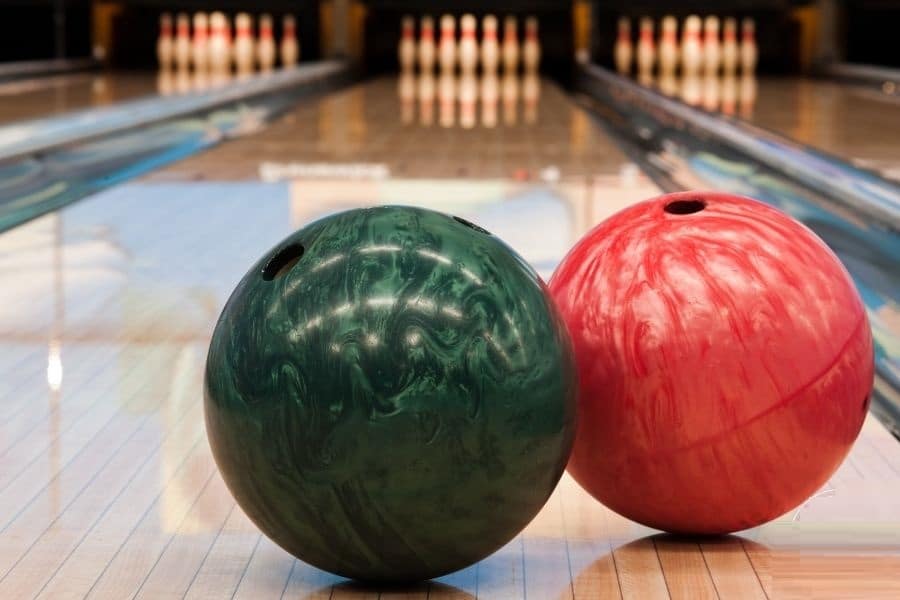
Bowling with a weighty ball is not fit for everyone! To help you make an informed decision, here are the pros and cons of bowling with a heavy ball;
Pros
- A heavy ball offers you a smooth swing.
- Heavy balls build up more momentum when rolling and end up knocking down the pins with more force than lighter balls.
- A heavier bowling ball has a higher chance of knocking down multiple pins.
- Heavier balls hook well than lighter ones, making the former ideal for picking up spares.
- Bowling with a heavy ball can help you improve your bowling performance faster than bowlers using lighter balls.
Cons
- If you aren’t careful, you can easily suffer injuries when bowling with a heavy ball than when you’re using a lighter ball.
- You need physical strength to roll down the heavy ball. This can inconvenience bowling lovers who don’t have the muscles.
- Unless you master it, it can be more difficult to aim your shot with a heavy ball than when you’re aiming with a lighter ball.
- You are likely to suffer from bone, and joint pains as heavy bowling balls lead to more wearing and tearing of your body.
So,
What Size (Weight) of Ball Do Pro Bowlers Use?
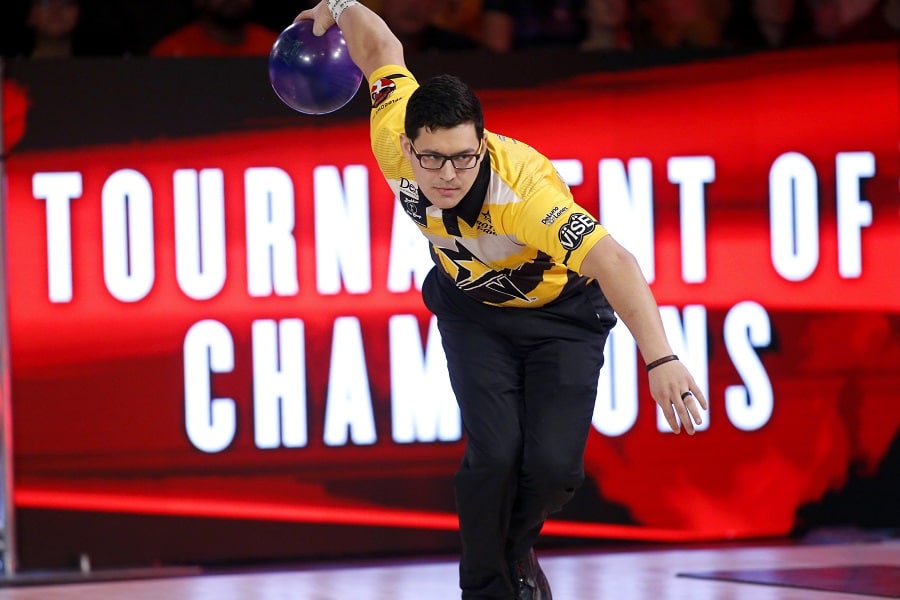
Most professional bowlers subscribe to the general rule; the heavier the ball, the better. This is because heavier balls keep their swings smooth and give them a powerful impact.
However, in recent times, professional bowlers have been moving from the 16 pounds ball to 14 and 15-pound bowling balls. And this is because;
- The 14 to 15-pound balls are less strenuous on the bowler’s back, shoulders, wrists, and legs. With most bowling league seasons going for up to 30 weeks, little weight balls help to keep the players going.
- Modern bowling balls are more powerful and aren’t as heavy as traditional bowling balls.
Experienced bowlers can go for less weighty balls without sacrificing their playing abilities. In some cases, some players bowl better with lighter balls than heavier ones.
Can I increase the weight of a bowling ball?
Yes, it is possible to increase the weight of a bowling ball. However, you can only increase the static weight of a bowling ball with the help of weight bearings. It’s worth mentioning that most pro shops do not approve of the addition of static weights to a bowling ball. Similarly, top leagues also prohibit the use or addition of bowling balls with additional weights.
Conclusion
According to the PBA (Professional Bowlers Association), the heaviest bowling ball allowed is 16 pounds. Such a weight gives professional bowlers more control and power to perform optimally while in the lane. However, some bowlers are now going for less weighty balls and are still performing. When choosing your bowling ball, choose the weight that works best for your body.
